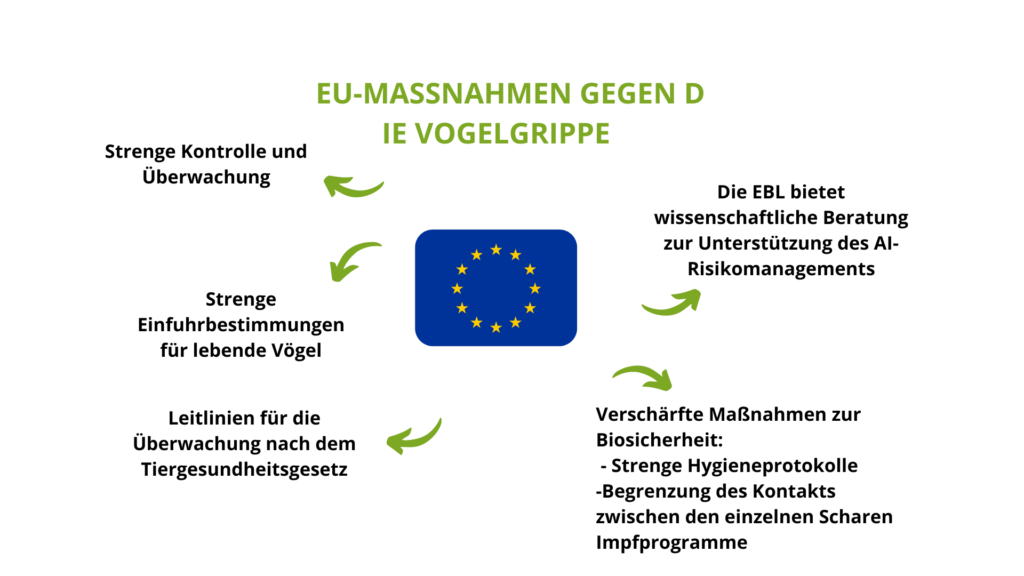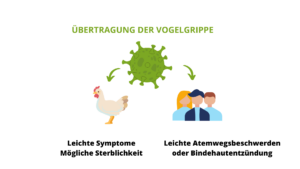German Christmas Goose
Goose can be the king of the Christmas table in Germany, specially with a recipe as comforting and delicious as this one.
Roast Goose Recipe for German Christmas (Weihnachtsgans)
Ingredients:
For the Goose:
– 1 (approximately 2 kg) goose
– 15 ml salt, plus extra for seasoning
– A pinch of pepper
– 10 g dried thyme
– 2 medium apples, cored and quartered
– 1 small onion, cut lengthwise into 1 cm strips
For the Gravy:
– 30 ml pan drippings
– 30 g all-purpose flour
– 400 ml chicken broth
– Salt (optional)
– Freshly ground black pepper (optional)
– 5 g dried thyme (optional)
For Serving:
– Canned peach halves
– Currant jelly (or cranberry sauce as a substitute)
– Buttered Brussels sprouts
– Potato croquettes (or mashed potatoes)
– Cooked apples and onion
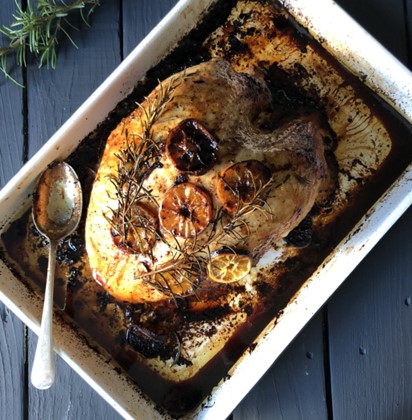
Instructions:
- Preheat the oven to 180°C.
- Wash and dry the goose thoroughly. Season the cavity with a pinch of salt, pepper, and dried thyme, then fill it with apple quarters and onion strips. If there is leftover filling, you can cook it alongside the goose in a small, buttered dish.
- Mix 15 ml of salt with 240 ml of water and pour it into the bottom of the roasting pan. Place a roasting rack on top. Pierce the goose skin in several places to allow fat to drip out during cooking.
- Place the goose, breast-side down, on the roasting rack and roast in the oven for 50 minutes. Baste the goose with the salt water mixture several times during this period, adding more water to the drip pan if needed. After 50 minutes, turn the goose over onto its back and continue cooking, basting as needed, for an additional 50 minutes.
- Allow the goose to rest for 5 minutes while preparing the gravy.
- For the gravy, mix 30 ml of pan drippings with 30 g of flour in a small saucepan and cook for 1 minute. Gradually add the chicken broth, stirring well after each addition. Season with salt, pepper, and thyme (if using), to taste. Keep the gravy warm.
- Serve the roasted goose with the prepared gravy, accompanied by canned peach halves decorated with currant jelly (or cranberry sauce), buttered Brussels sprouts, potato croquettes (or mashed potatoes), and the cooked apples and onions. Enjoy your festive German Christmas meal!
France: Roasted French-Style Turkey with Glazed Chestnuts and Buttery Mushrooms
In France, the Christmas table is adorned with elegance, and a classic Roasted French-Style Turkey with Glazed Chestnuts and Buttery Mushrooms takes center stage.
Ingredients:
- 1 turkey (4-5 kgs)
- 2 lemons, halved
- 120 g butter, softened
- 3 cloves garlic, chopped
- Salt and black pepper
- 5 gr ground nutmeg
- 240 ml white wine
- 60ml vegetable oil
- 900g cooked and peeled chestnuts
- 480ml milk, plus more as needed
- 2-3 gr pan drippings
- 680g mix mushrooms, chopped
- 2 shallots, finely chopped
- 30g parsley, chopped
- 240 ml full-bodied red wine
- 480 ml turkey (or chicken) stock
- 120 ml crème fraîche
Instructions:
- Preheat the oven to 180°C.
- Prepare the turkey by wiping it inside and out with paper towels. Rub the skin thoroughly with cut lemons. For the marinade, whisk together garlic, salt, pepper, nutmeg, wine, and oil. Rub some of the marinade over the turkey, reserving the rest.
- Truss the bird, cover, and let it stand at room temperature for 30 minutes. Heat the oven to 350°F (180°C).
- Place the turkey in a roasting pan, spread with butter, and pour over the remaining marinade. Roast until the breast is brown (25-30 minutes). Baste with pan juices, cover loosely with foil, and continue roasting for about 2 hours or until done.
- Peel chestnuts and simmer in milk until almost tender. Drain, coat with drippings, salt, and pepper, then roast until glazed and tender. Set aside.
- Clean and cut mushrooms; sauté with butter, salt, and pepper until juices run. Cream the remaining butter with shallots, garlic, parsley, salt, and pepper. Set aside. Both mushrooms and butter can be prepared ahead.
- For the gravy, pour off fat from the roasting pan, leaving pan juices. Add wine, simmer until reduced, then add broth and simmer until reduced by half. Strain, whisk in crème fraîche, and bring to a boil. Adjust seasoning.
- Reheat chestnuts and mushrooms. Stir shallot butter into mushrooms, adjust seasoning, and serve in a warmed dish. Reheat gravy, spoon some over the turkey, and serve the rest separately.
Spain: Stuffed Capon with Plums and Almond
In Spain, the Stuffed Capon with Plums and Almond graces the festive table. Spain’s Christmas traditions are deeply rooted in family gatherings, and this dish reflects the warmth and richness of Spanish culture.
Ingredients:
For the Capon:
– 1 whole capon (approximately 4 kg)
– Salt
– Black pepper
-2 tablespoons olive oil
For the Stuffing:
– 150g dried plums, pitted and chopped
– 100g almonds, chopped
– 1 cup breadcrumbs
– 1 onion, chopped
– 2 cloves garlic, minced
– 2 tablespoons fresh parsley, chopped
– 2 tablespoons olive oil
– Salt and pepper (
For Roasting:
– 1 lemon, halved
– 2 sprigs of rosemary
– 2 tablespoons butter, melted
Instructions:
- Prepare the Capon: Preheat the oven to 180°C and rinse the capon under cold water and pat it dry with paper towels. Then, season the capon both inside and out with salt and pepper.
- Prepare the Stuffing: In a large bowl, combine chopped plums, almonds, breadcrumbs, onion, garlic, and parsley. Drizzle olive oil over the mixture and season with salt and pepper. Mix until well combined.
- Stuff the Capon: Stuff the capon cavity with the prepared stuffing mixture. Use a kitchen twine to secure the capon legs and keep the stuffing in place.
- Roasting: Place the stuffed capon in a roasting pan and squeeze the juice from the lemon halves over it, to later place the lemon halves in the cavity. Then, add rosemary sprigs to the roasting pan and brush the capon with melted butter.
- Roast the Capon: Roast in the preheated oven for approximately 20 minutes per 500g of capon weight. Baste the capon with pan juices every 30 minutes. Ensure the capon reaches an internal temperature of 75°C in the thickest part of the thigh.
- Rest and Serve: Once cooked, remove the capon from the oven and let it rest for 15-20 minutes before carving. Serve the stuffed capon with plums and almonds on a platter, garnished with additional fresh herbs if desired.
- Optional Gravy: Use the pan drippings to prepare a delicious gravy by adding some chicken broth, thickening with a bit of flour, and seasoning to taste.
Serve and enjoy with your family and beloved ones!
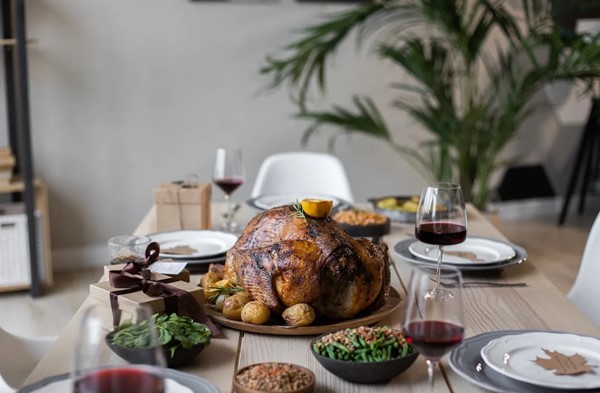
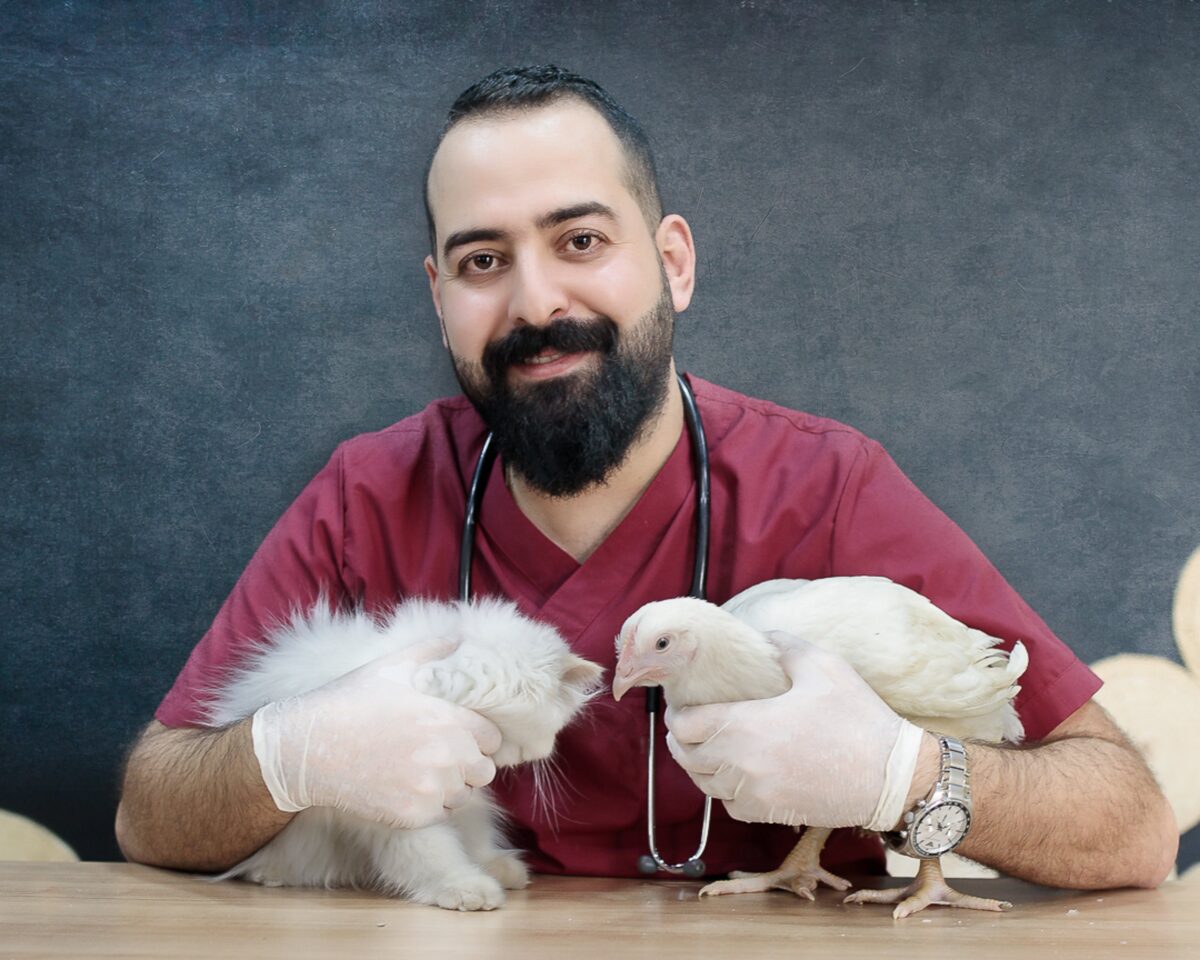
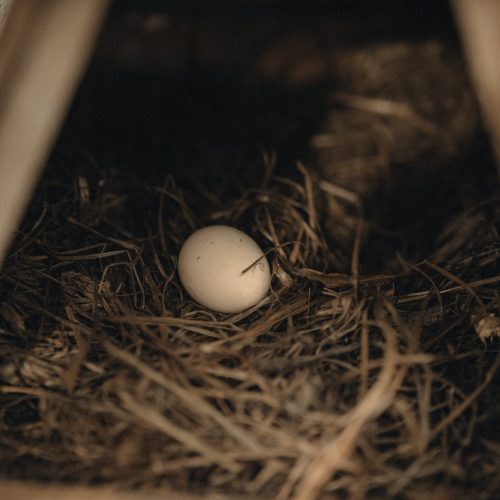

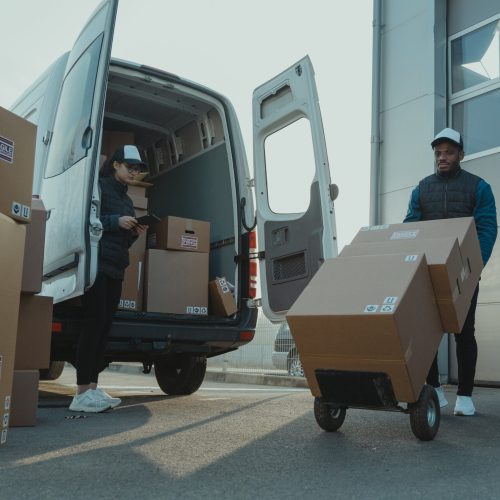
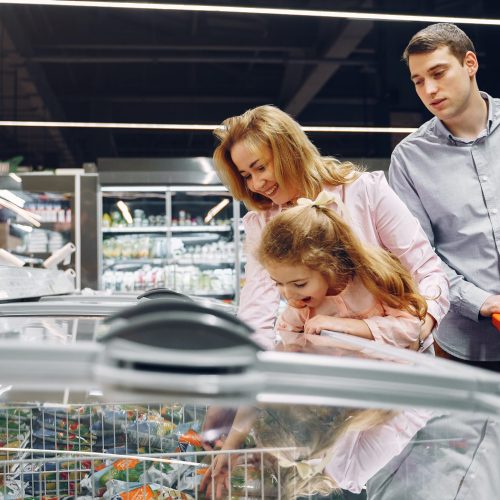

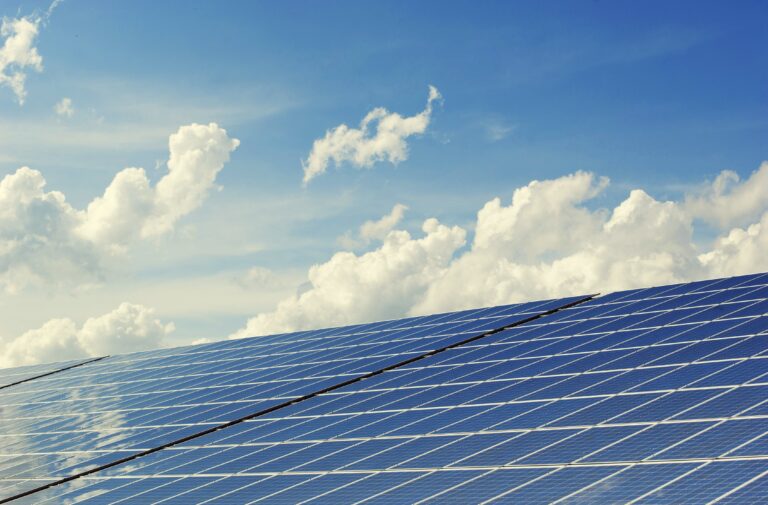
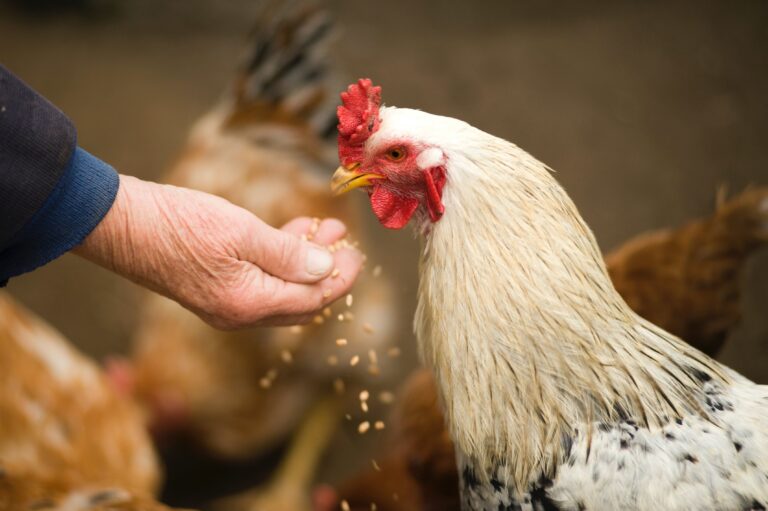
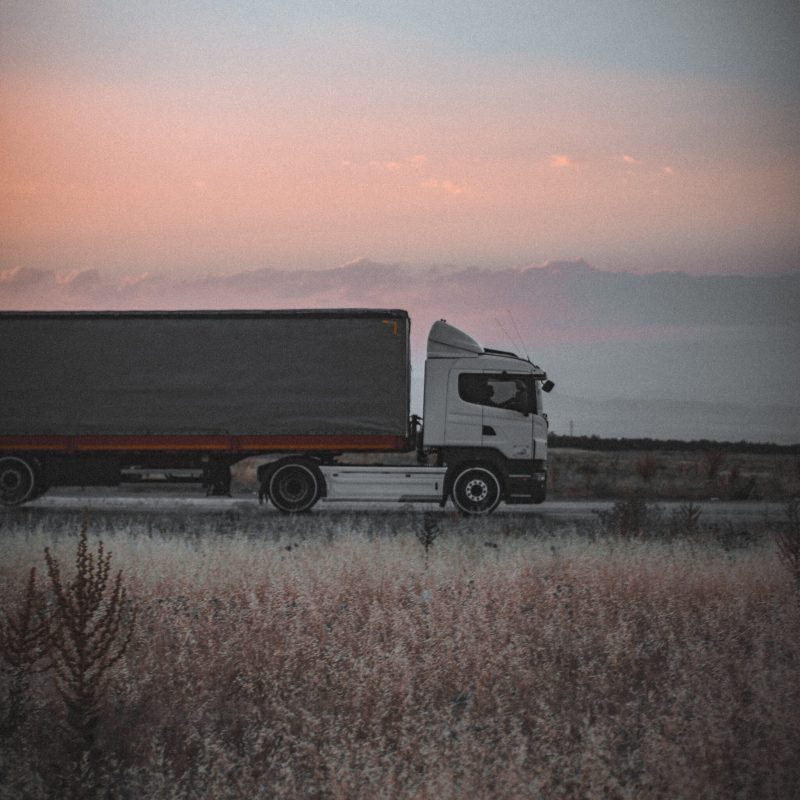
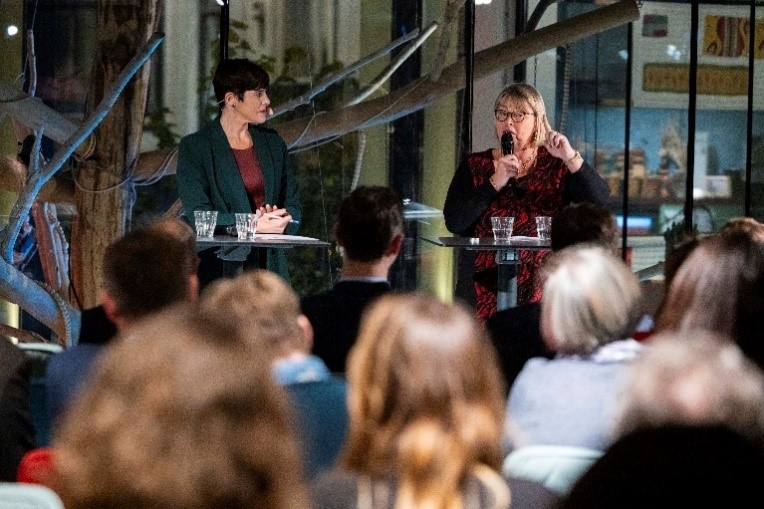

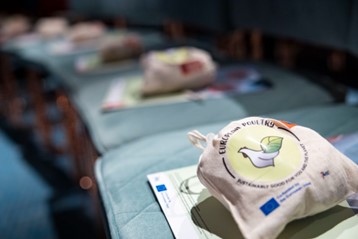
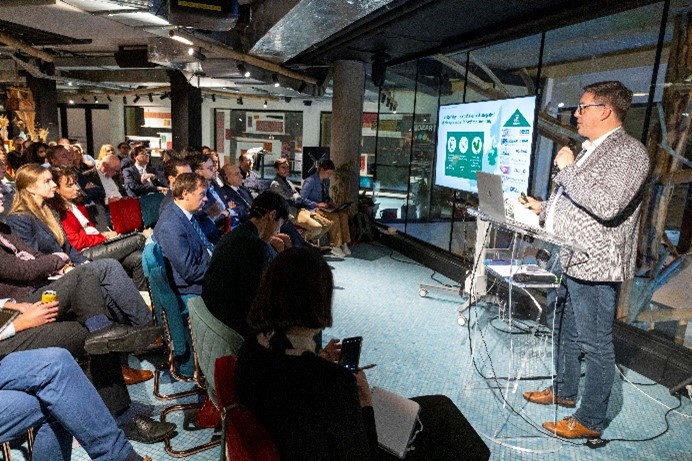


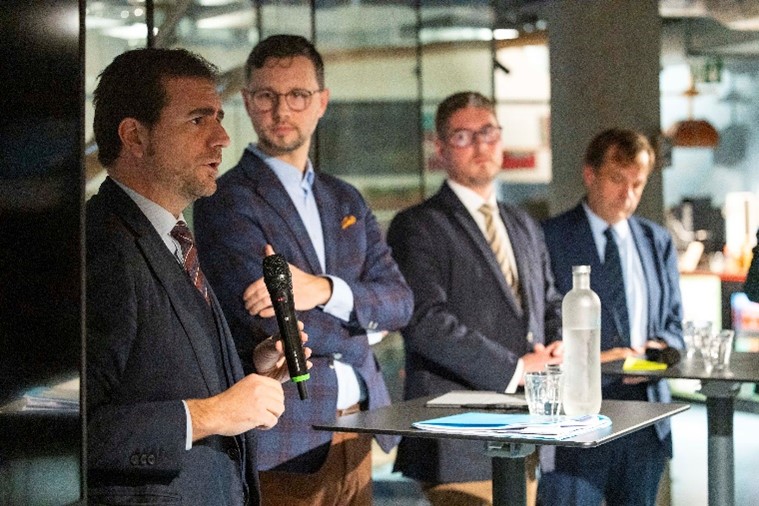
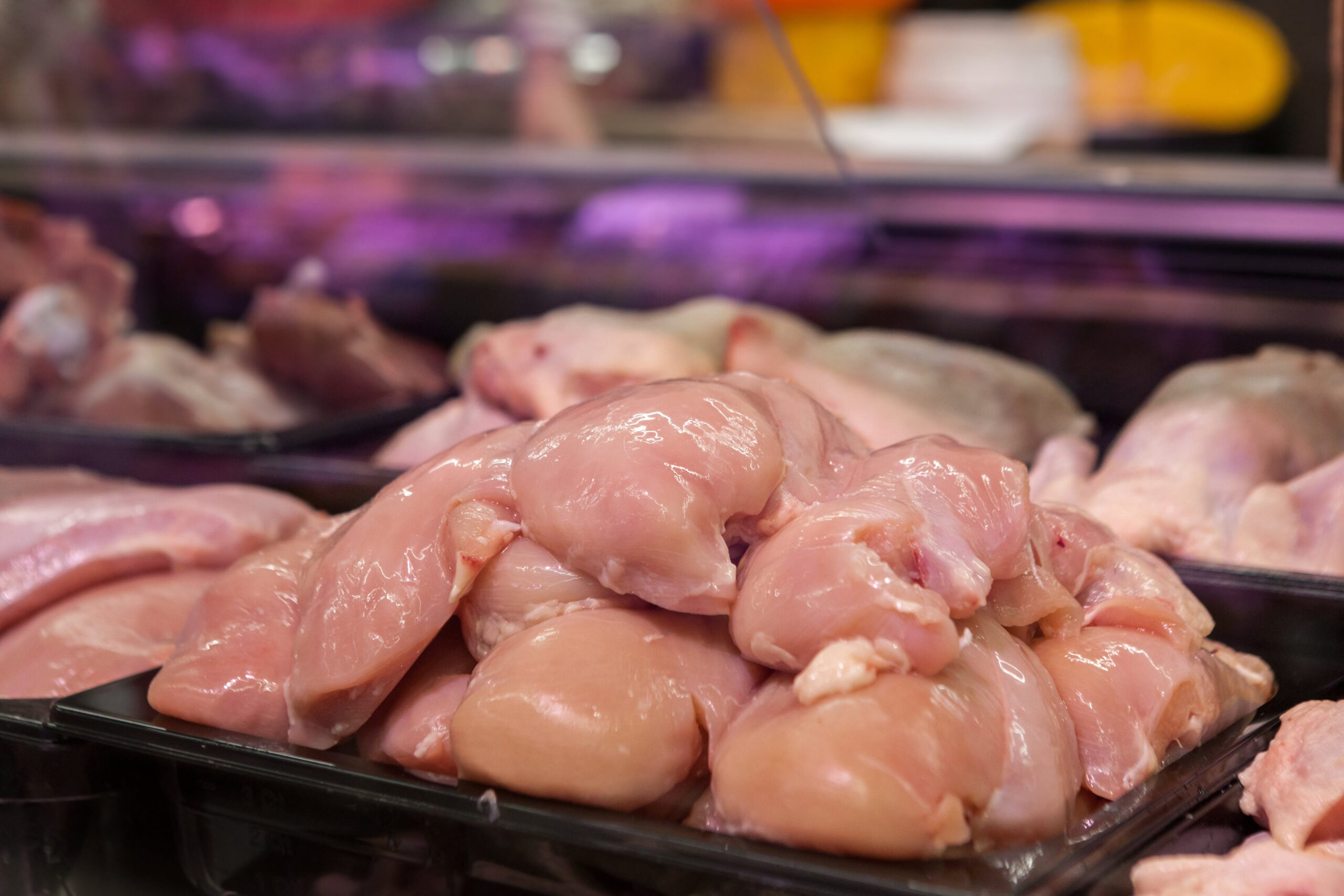
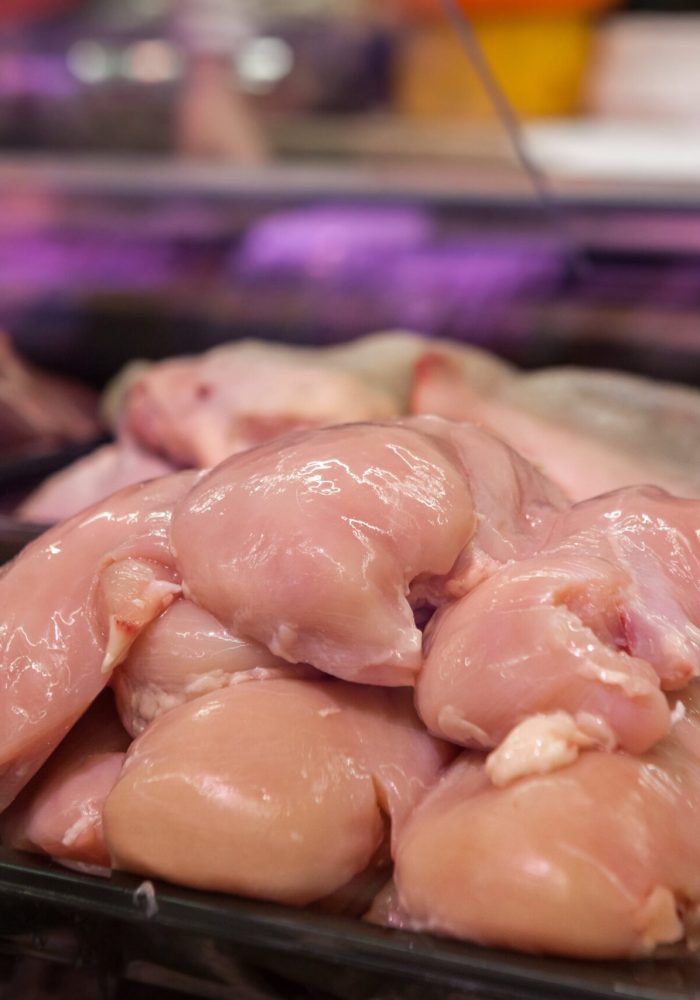


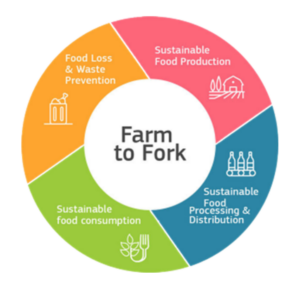 Food safety is of utmost importance in our diet. The EU has stringent food safety regulations and controls in place throughout the entire poultry production process. This includes monitoring feed quality, animal health, hygiene practices, and the use of antibiotics when strictly necessary.
Food safety is of utmost importance in our diet. The EU has stringent food safety regulations and controls in place throughout the entire poultry production process. This includes monitoring feed quality, animal health, hygiene practices, and the use of antibiotics when strictly necessary.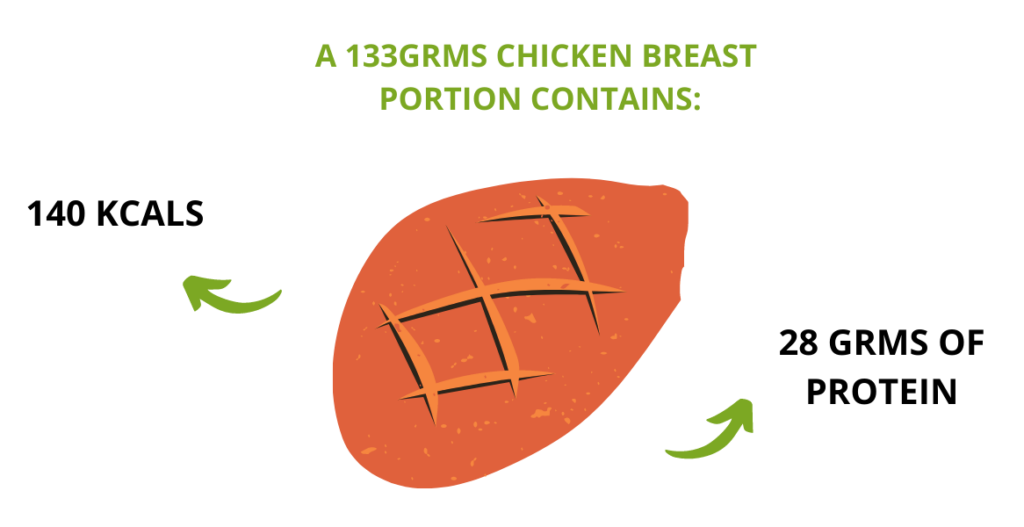 European poultry can be an excellent that helps in growing and maintaining muscle mass, as well as helping maintain normal bones, as it is a naturally high source of protein.
European poultry can be an excellent that helps in growing and maintaining muscle mass, as well as helping maintain normal bones, as it is a naturally high source of protein.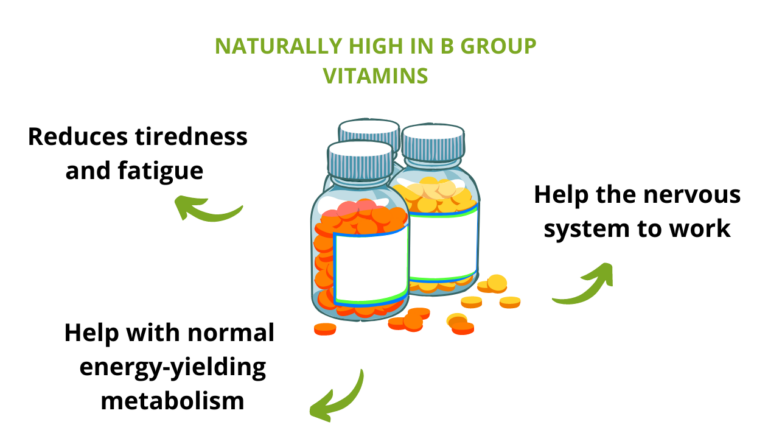
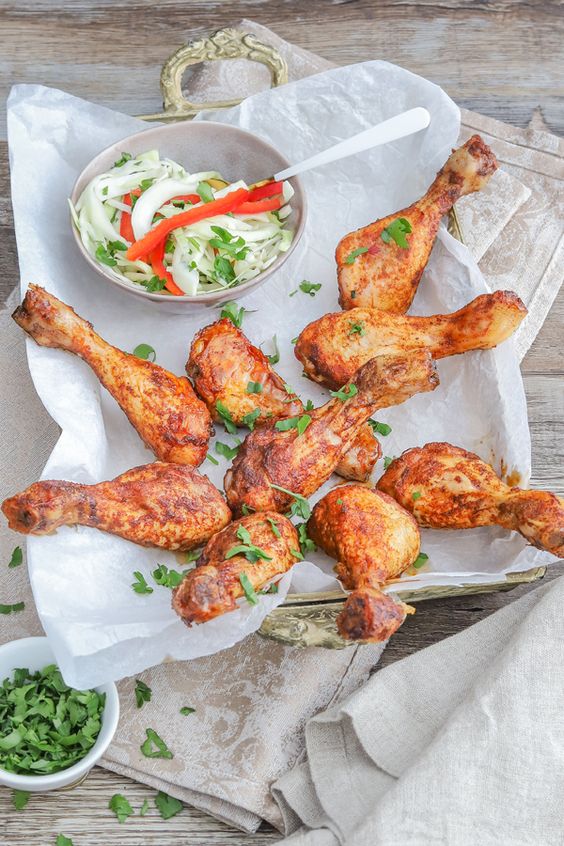
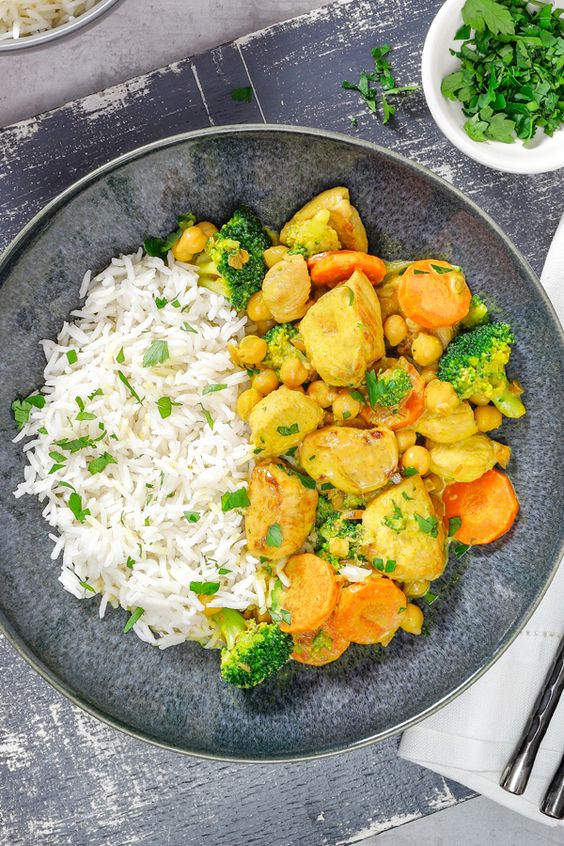
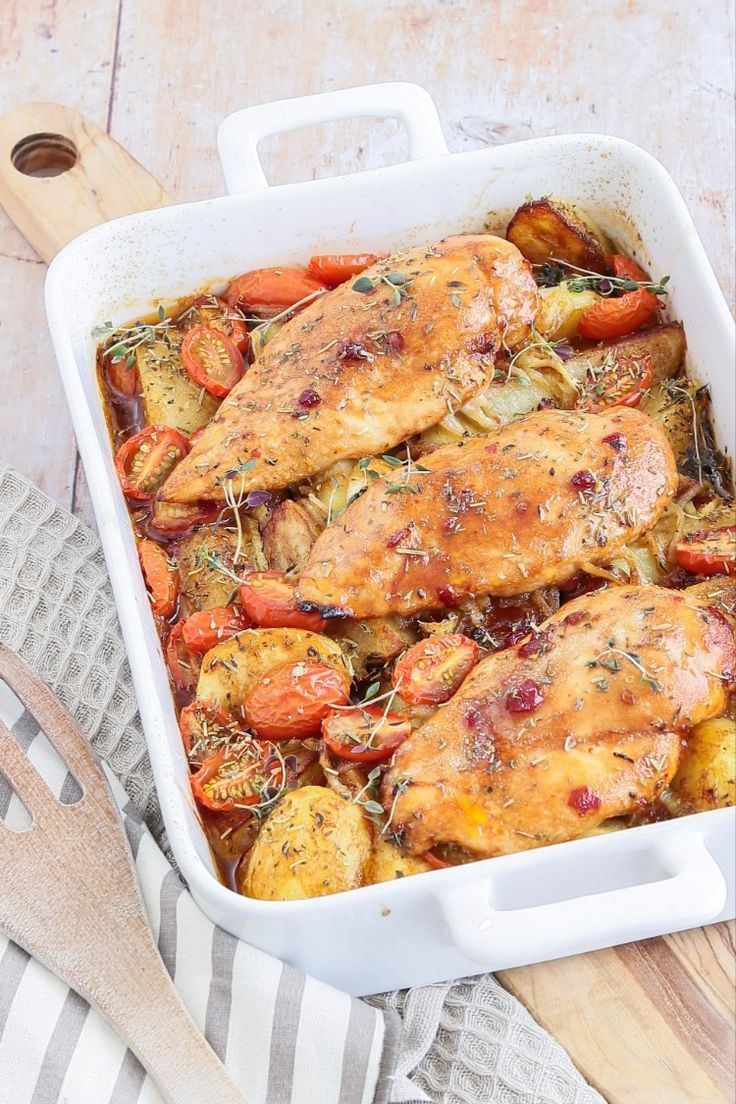


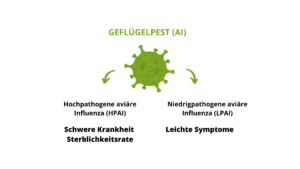 Wild birds, especially those living in aquatic environments, serve as natural hosts and reservoirs for all types of avian influenza viruses. As a result, they play a significant role in the development, persistence, and transmission of these viruses.
Wild birds, especially those living in aquatic environments, serve as natural hosts and reservoirs for all types of avian influenza viruses. As a result, they play a significant role in the development, persistence, and transmission of these viruses.
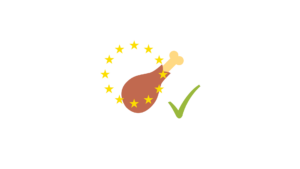 Sure, there is no evidence that avian influenza can be transmitted to humans through the consumption of contaminated poultry products.
Sure, there is no evidence that avian influenza can be transmitted to humans through the consumption of contaminated poultry products. 